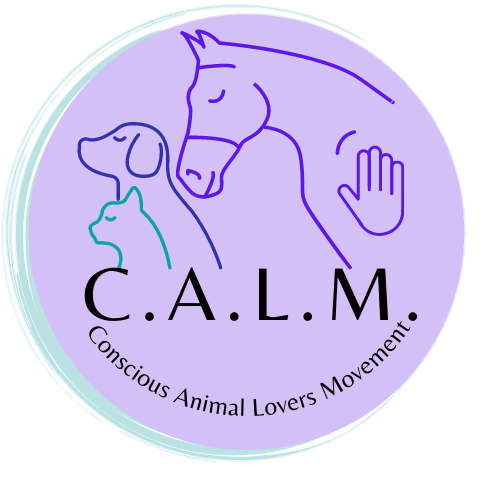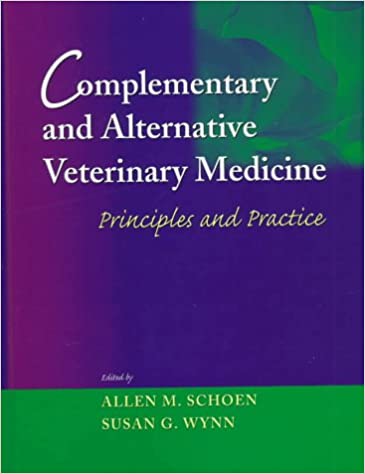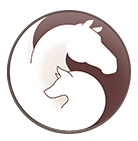Complementary & Alternative Veterinary Medicine
Principles and Practice
This book provides readers with an introduction to unconventional modes of therapy, including practitioners’ perspectives on specific therapies.
It is divided into 9 sections: history, and underlying principles of alternative medicine, nutrition, physical medicine, energetic medicine, botanical medicine, homeopathy, miscellaneous therapies, integration into veterinary practice, and complementary and alternative perspectives.
Some of the many topics covered are nutritional therapy, acupuncture, chiropractic, massage therapy, physical therapy, kinesiology, laser therapy, magnetic field therapy, bioenergetic medicine, herbal therapy, ayurvedic medicine, and homeopathy.
The appendixes include resources, including suppliers, web sites, recommended texts and periodicals, organizations, databases, and diagnostic software.
Book Review by Dr. R.H. Bradshaw Department of Clinical Veterinary Medicine University of Cambridge
The field of complementary and natural medicine is rapidly expanding in both human and veterinary medical practice. This North American text seeks to cover the current state of the art in the veterinary profession. It is a lucid and highly informative book suitable for both students new to the field and established practitioners. I am sure it will remain a definitive source of information on these issues for the foreseeable future.
“Complementary and Alternative Medicine” should be viewed as an umbrella term encompassing an array of very different conceptual approaches and techniques. Thus, for a comprehensive text in this field, the sheer volume and diversity of subject matter that needs to be addressed can present a problem. In order to tackle this diversity, the editors systematically divide the book into nine Units (each comprising a number of chapters) and seven Appendices (which list further sources of information). This successfully allows each topic to be viewed within its broader framework and allows easy reference to specific subject areas.
The first introductory chapter (in Unit 1 Fundamentals) covers some of the underlying philosophy and history from a Western perspective. The diverse group of therapeutic systems involved unfolds, and care is taken to point out some of the complexity of these different approaches. The Units that follow (Units 2 to 6) cover the following: nutrition (from preventative to cancer therapy); physical medicine (including acupuncture, Chinese herbs, chiropractic care and massage); energetic medicine, botanical medicine (including Western herbal, Chinese and Ayurvedic); and homeopathy. A “Miscellaneous Therapies” unit then covers environmental medicine, aromatherapy and Bach flower remedies.
In the final unit, a diverse number of issues are tackled including bioethics, the human-companion animal bond (a branch of anthrozoology), euthanasia, and ethnoveterinary medicine. All units follow a systematic approach and give a highly informative overview of the state of current thinking and practical application.
In the final sections of the book, a helpful series of appendices provide information on many different aspects of the field (from suppliers and Web sites, to periodicals and diagnostic software). This additional material will allow any students or practitioners to pursue specific topics in greater depth.
In conclusion, this is a very interesting and informative book. It successfully tackles a rapidly expanding field by providing a comprehensive and lucid account of the diverse array of available therapeutic systems while emphasizing the need for an integrated approach. This major new text deserves to be included in the reference library of all serious students and practitioners of veterinary medicine.
– Dr. R. H. Bradshaw, D. Phil.
Department of Clinical Veterinary Medicine
University of Cambridge


